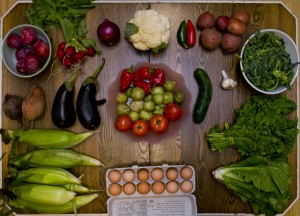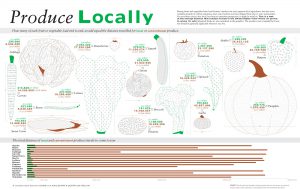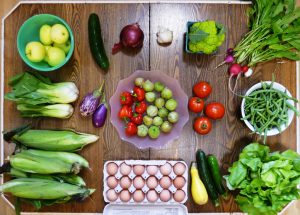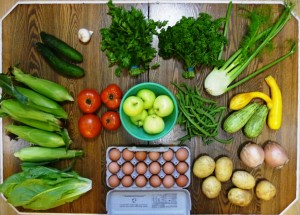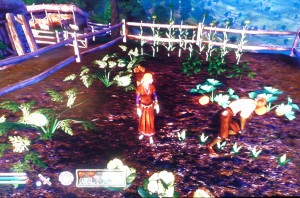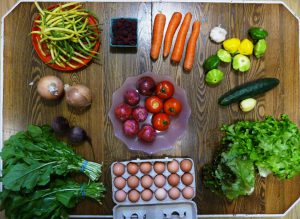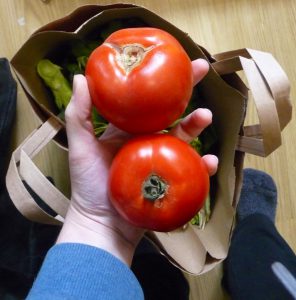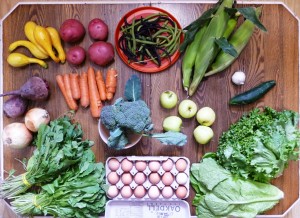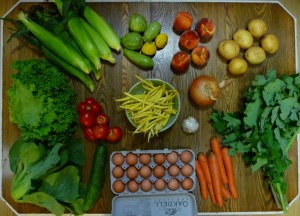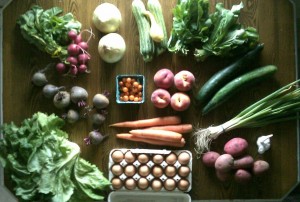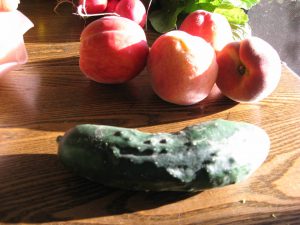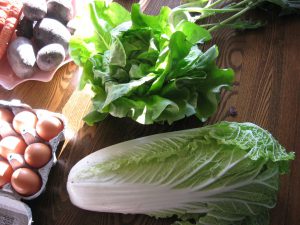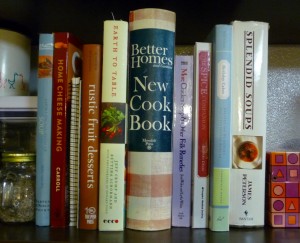 I mentioned in an earlier post that as soon as I started this blog series, a baby started to grow in my womb. To add to the drama in the Wetzel family, the same week we found out that we were pregnant was the same week we found out we were closing on our house. Talk about major life events pouring in all at once!
I mentioned in an earlier post that as soon as I started this blog series, a baby started to grow in my womb. To add to the drama in the Wetzel family, the same week we found out that we were pregnant was the same week we found out we were closing on our house. Talk about major life events pouring in all at once!
When I cook, it’s nothing fancy, but I enjoy cooking, and I think I do a pretty good job in the kitchen; however, for my first trimester, I was exhausted, food sounded like the last thing I wanted (unless it was fresh fruit), and my kitchen was a mish-mashed collection of boxes and crowded counter space. I didn’t cook for 2 months. We still needed to eat, so we ate simple meals like crackers, cheese and apples; we ate canned meals, like Trader Joe’s chili; we experimented with take out (the Abella‘s pizza was a bust, due to too much garlic and grease, but the chicken teriyaki from Sapporo‘s was a hit); and we went out to cheap restaurants once or twice a week, mostly to Dukes during happy hour, where they have the best local clam chowder in Pierce county.
What we missed during these months was freedom to eat whatever we wanted. When we were hungry, I did not have the strength to cook, so we were limited by what we could eat raw, order, warm quickly or buy from a restaurant. I gotta tell you: eating out is fun as a break from the norm, but being forced to eat out or eat pre-made meals gets old really fast. Everything always tastes the same, and that homogenization on my taste buds is real palate monotony.
When you learn a few tricks in the kitchen, you can take whatever is in season and whip it up into something fresh, healthy and tasty. You could make a different type of chili each week of the year. You can fry, roast, grill, boil or bake your fresh farm veggies. You can season simply with salt and butter, or you can get a little exotic and try spices like cumin and turmeric. You can learn how to make some simple sauces and add a whole new dynamic to the mealtime experience. If you make your own biscuits or bread (from scratch…everything made with Bisquick tastes the same, after all), then you’ve added another whole level of variety, choice and excitement to the food experience in your home. Each time you add a trick to your food preparation basket, you increase the potential of your eating experiences exponentially.
I’ve felt better this week: I’ve had more energy and the cravings of my palate have been expanding. I made my first casserole dish since the pregnancy, eggplant parmesan, and boy was it good! I’m sick of having no freedom to eat whatever I want. I don’t want to eat off a menu or out of a pantry of canned goods. I want to eat out of my imagination.
By ekwetzel
2010-10-15
 WEEK 15:
WEEK 15:
(Clockwise, from the eggs)
Eggs (again, the farm has young hens, and they are laying smaller eggs this week, so we received 18 eggs instead of the normal dozen)
6 Corn on the Cob
Carrots
Green Beans
2 Heads of Cauliflower
Delicata Squash
Cucumber
2 Red Onions
8 Apples
2 Eggplant
Romaine Lettuce
Black Kale
(In the middle)
Sweet Peppers
Tomatillos
Head of Garlic


